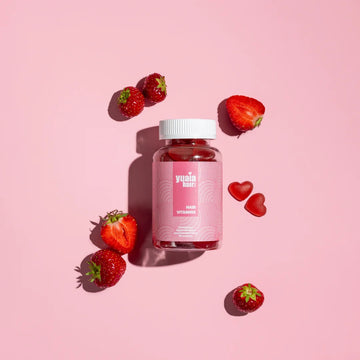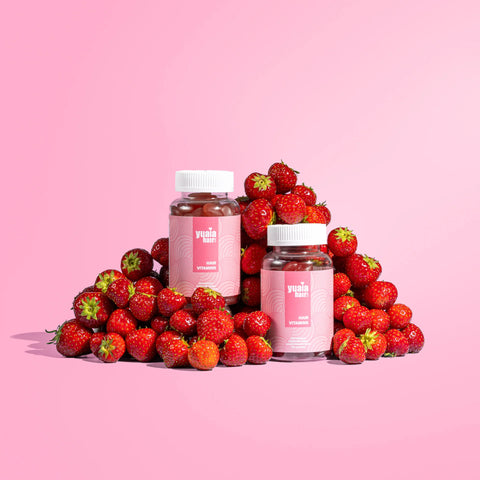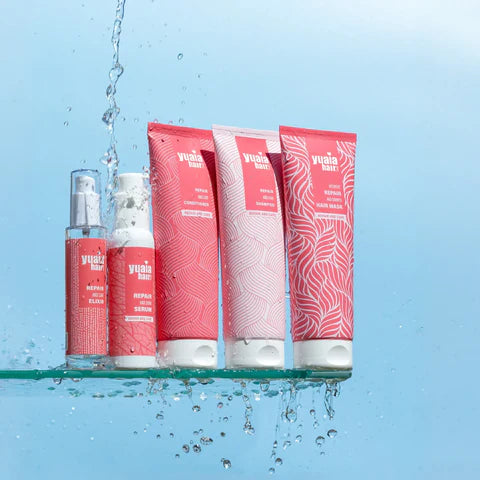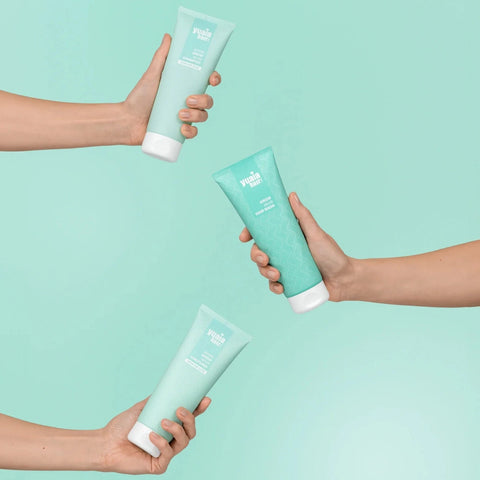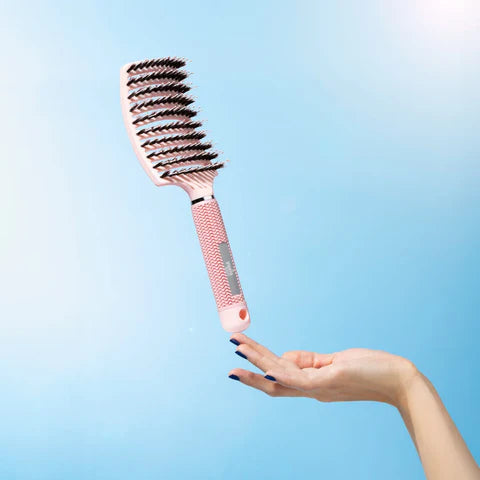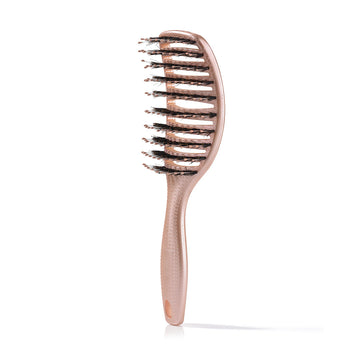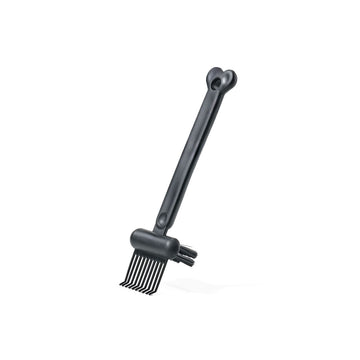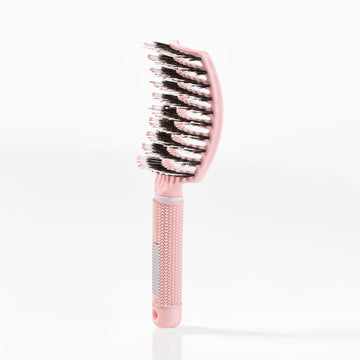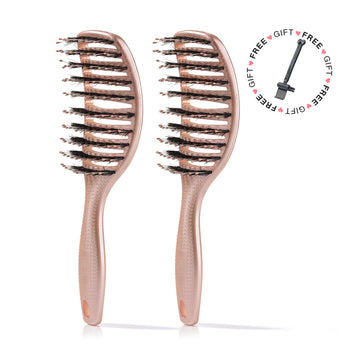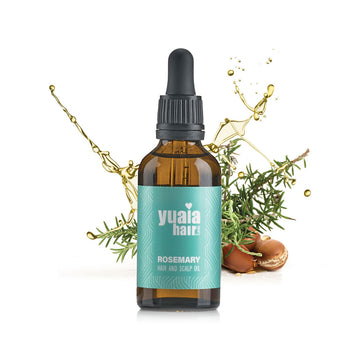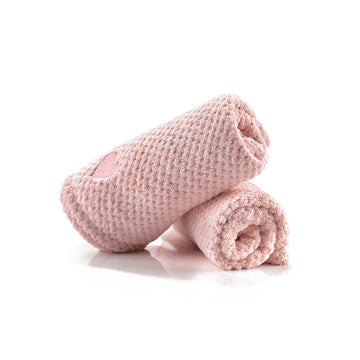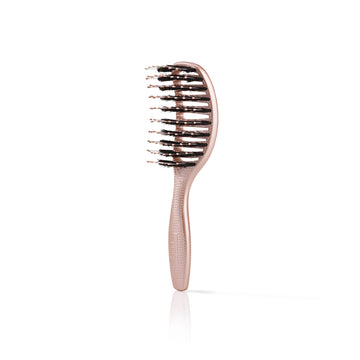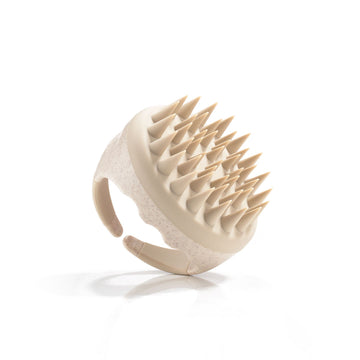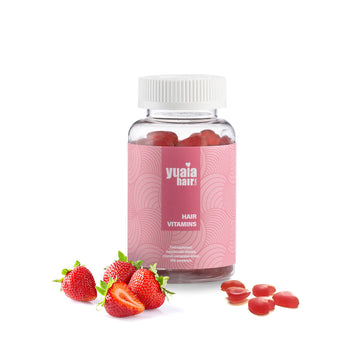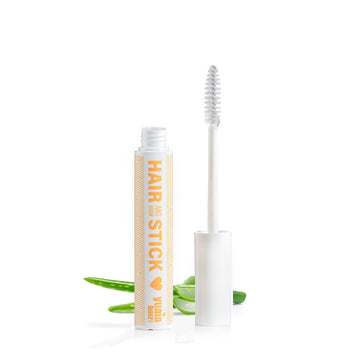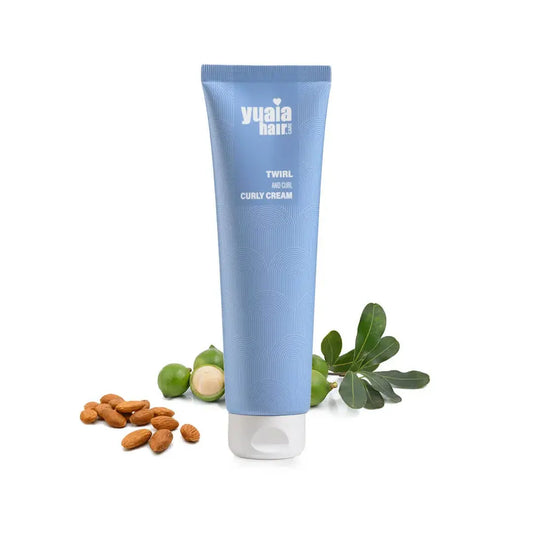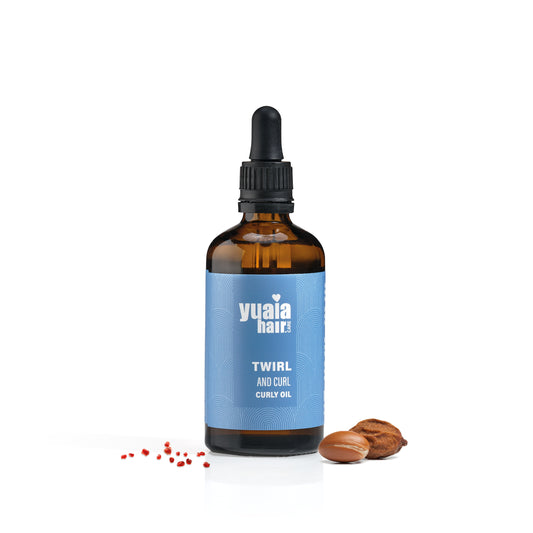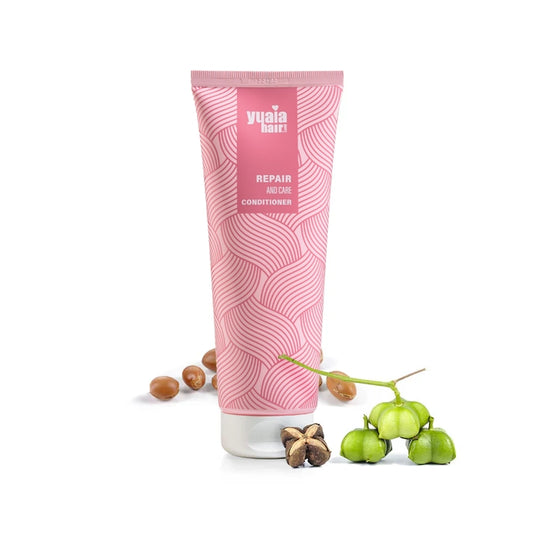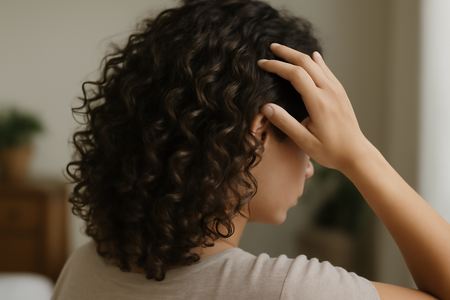
Balancing protein and moisture for optimal curl health
Achieving the perfect balance between protein and moisture is essential for maintaining healthy curly hair. While protein strengthens and repairs, moisture ensures that hair remains supple and hydrated. Without adequate moisture, hair can become brittle and prone to breakage, even with sufficient protein. This balance is particularly important for curly hair, which naturally struggles with dryness due to its spiral shape.
For most people with curly hair, incorporating protein treatments once or twice a month is sufficient. However, it’s crucial to follow up with moisture-rich products to maintain the elasticity and softness of your curls. After a protein treatment, consider using a deep conditioning mask or a hydrating leave-in conditioner to lock in moisture.
Practical methods for incorporating protein into your routine
Incorporating protein into your hair care routine doesn't have to be complicated. Here are some practical tips to ensure your curls get the protein they need:
- Assess your hair's needs: Begin by observing your hair's condition. If you notice signs like increased breakage or loss of curl pattern, it's time to consider a protein treatment.
- Choose the right protein treatment: Select a product that suits your hair type and addresses specific concerns, such as strengthening or repairing damage.
- Follow a routine: Use protein treatments sparingly, typically once or twice a month, to avoid protein overload. Always follow up with a moisturizing product to maintain balance.
- Monitor results: Pay attention to how your hair responds to the treatments. Adjust the frequency as needed based on your hair's condition and response.
By incorporating these methods into your routine, you can effectively manage your hair's protein needs, ensuring your curls remain strong, elastic, and full of life.
How can I tell if my hair has too much protein?
While protein is essential for strengthening curly hair, too much of it can lead to issues like stiffness and lack of flexibility. If your hair feels straw-like, brittle, or overly stiff, you might be experiencing protein overload. To rebalance, focus on moisture-rich treatments to restore softness and flexibility to your curls. Using a hydrating conditioner or deep conditioning mask can help bring back the necessary moisture balance.
Are there specific hair types that benefit most from protein treatments?
Protein treatments are particularly beneficial for certain hair types. High porosity hair, which absorbs moisture quickly but also loses it rapidly, often benefits from protein as it helps strengthen and fill gaps in the hair cuticle. Chemically treated curls, which may have weakened structures due to color or heat treatments, can also benefit from added protein. For these hair types, using sulfate- and silicone-free products like our Rosemary oil can provide gentle, effective care without the risk of harsh chemicals.
FAQs on protein treatments for curly hair
Can I use heat to enhance protein treatment effectiveness?
Yes, applying gentle heat can help open the hair cuticle, allowing the protein treatment to penetrate more effectively. You can use a warm towel or a hooded dryer on a low setting to achieve this. Just ensure not to overheat, as excessive heat can cause damage.
How do I choose the right protein treatment for my curl type?
Selecting the right protein treatment depends on your hair's specific needs. For those with fine curls, lighter protein treatments are advisable to avoid weighing down the hair. For thicker, coarser curls, a more intensive treatment might be needed to provide adequate strengthening.
What are some natural ways to add protein to my hair care routine?
Natural ingredients like eggs, yogurt, and avocado are rich in protein and can be used in homemade hair masks. These can be applied directly to the hair to provide a natural protein boost. However, be sure to follow up with a moisturizing treatment to maintain the balance between protein and moisture.
 2-4 day UK delivery
2-4 day UK delivery
 25.000+ satisfied customers
25.000+ satisfied customers
 Satisfaction Guarantee
Satisfaction Guarantee

